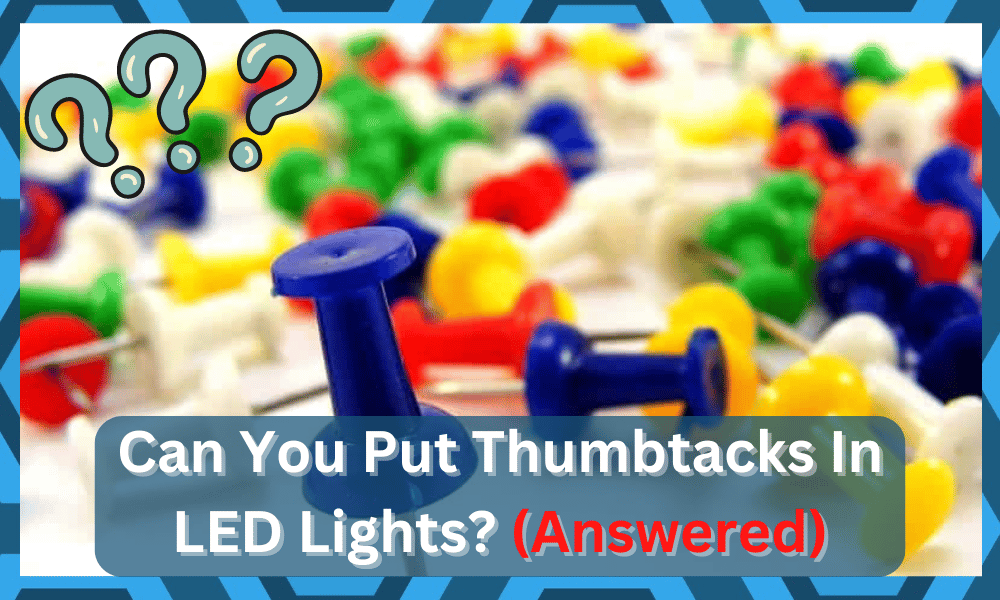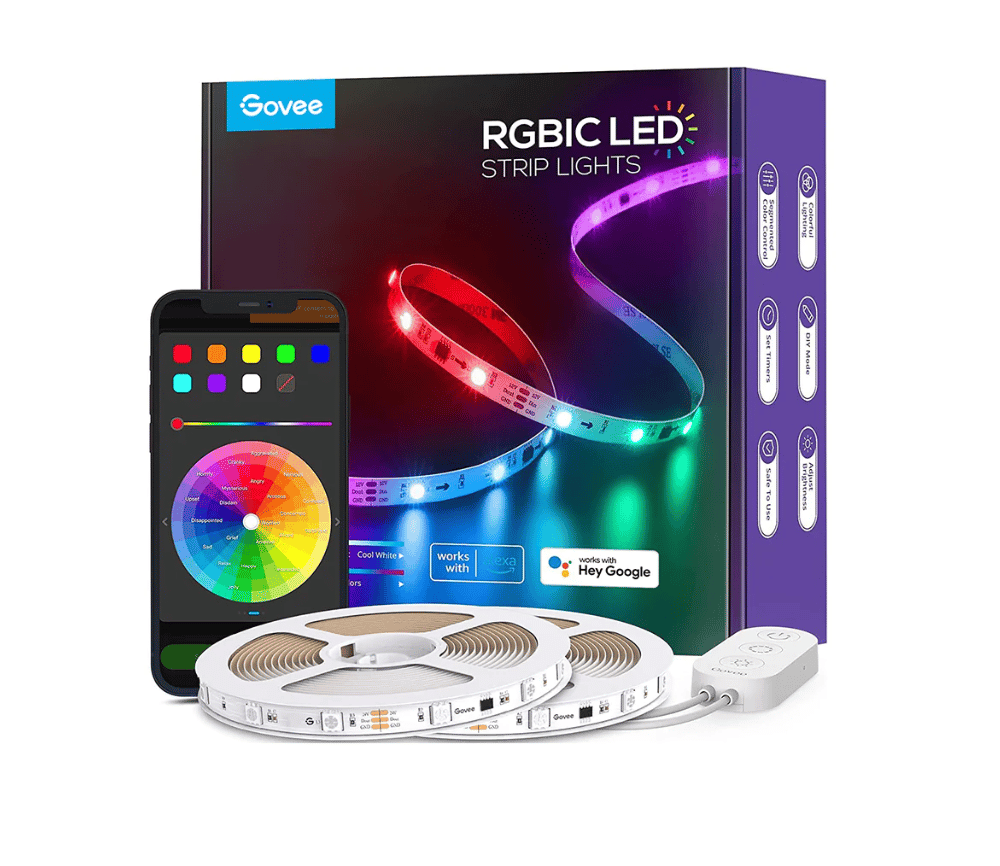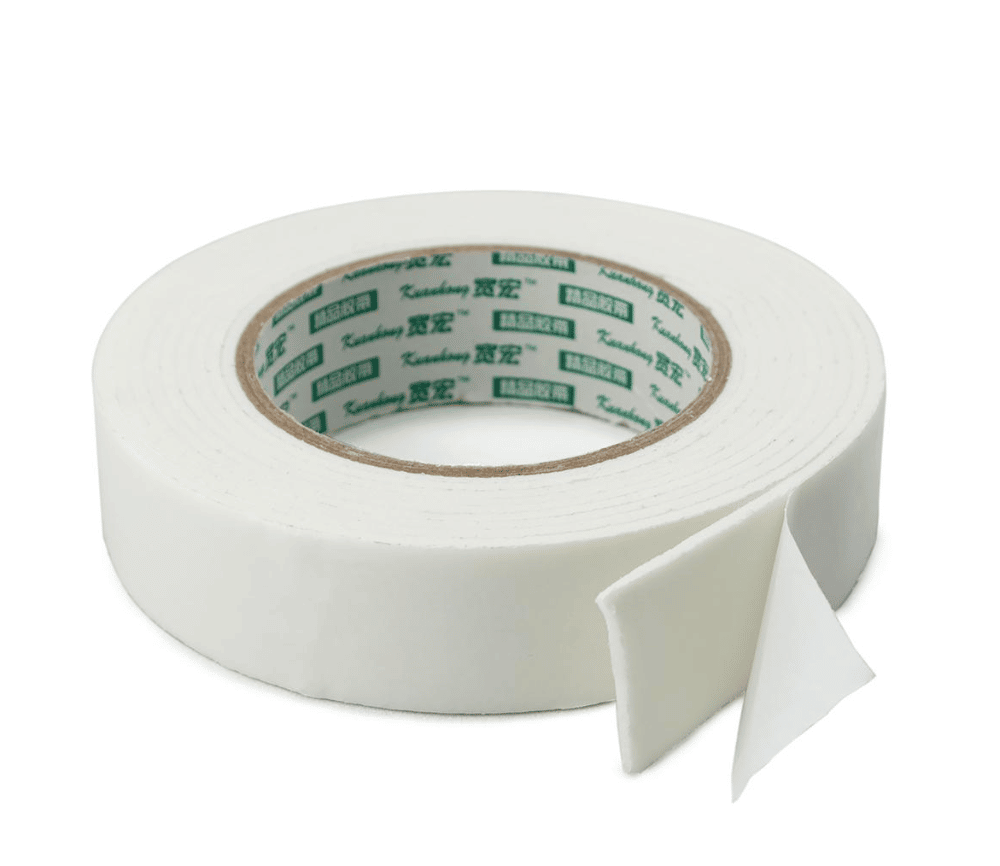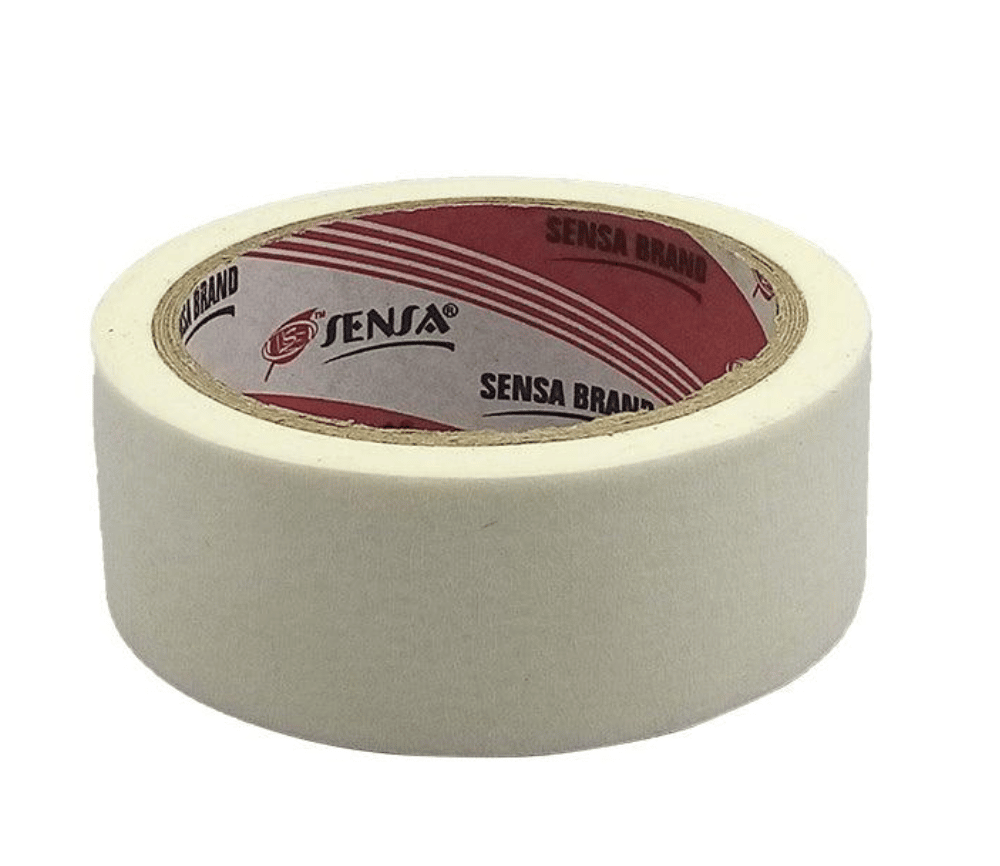
LED lights are some of the best ways through which you can illuminate your house. They offer a wide range of vibrant colors that can help you follow a particular theme inside a room.
Furthermore, most LED lights come with smart features these days, which makes them all the more efficient and simpler to use.
These features include amazing control, scheduling options, and unique patterns.
So, if you’re thinking of upgrading the lighting setup in your house, going with brands like Philips or Nanoleaf is a good idea.

While these are a bit more expensive, you’ll still get decent support from the dealer.
On the other hand, options like Govee aren’t bad either when you’re trying to stick close to a minimal budget.
It all comes down to how much money you’re willing to spend, and Philips will always be the top option for most experts.
Similarly, one thing that users commonly ask regarding these lights is, “Can you put thumbtacks in LED lights?”
If you have the same question in mind, then here is what you need to know about it:
Can You Put Thumbtacks In LED Lights?
There can be many reasons why you might not want to use an adhesive material on your LED lights.
If the adhesive is too strong, it can end up damaging your walls, especially if you attempt to remove the LED lights at any time in the future.
In such cases, there are various other alternatives that you should be able to use. However, could you use a thumbtack for the same purpose? While you can, it won’t be that effective.
Also, using thumbtacks on your LED lights will require you to be extra careful, as you can’t damage these lights.
Just make sure that you aren’t piercing the LED lights using the thumbtacks. Apart from that, you should be able to use the thumbtacks in order to hold the sides up.
However, you can mess this up as most LED light strips can get their printed circuits damaged.
The only safe way you can use the thumbtacks is by adding the push pins and putting them on the sides without any kind of penetration, as explained above.
It all comes down to being more mindful of the unit adjustment and then using thumbtacks as support for the LEDs.
However, if, for some reason, you do penetrate the thumbtack through the strip, then that section will die immediately.
You’ll damage the circuitry of the lights and won’t be able to do anything about the lighting system.
So, if you wish to avoid this damage and need to keep the unit in perfect condition, we suggest that you leave the situation with the thumbtack alone and only rely on the included accessories.
The reliability or durability of different brands can also play a role here. You might damage the Govee systems or any other brand easily when trying to mess with the thumbtacks.
These brands don’t pair up well with options that might damage the hardware.
An effective method that can help you avoid these issues with the thumbtacks is to first develop a base with the thumbtack and then put your light strip on top of that.
That way, you won’t risk damaging the lights, and they will sit nicely on the base made by the thumbtacks.
On the other hand, you will need a lot of thumbtacks and hours of time as you try to adjust the system.
There are no quick methods and easy workarounds here, and you will need to adjust the system accordingly.
For this reason, we will always recommend that you avoid this option. Otherwise, you will be spending hours on hours just to develop a setup that won’t be pleasant to look at.

It all comes down to the final presentation of the unit, and going with the thumbtacks will look cheap.
Overall, the short answer here is “YES” you can use the thumbtacks with the LEDs, but there is no point in wasting that much time just to develop a lighting system that will look cheap.
So, be sure to reach out to an expert if you’re not sure about how to maneuver through this issue with the thumbtacks.
Though it is worth mentioning that if you do decide to go with this, using only thumbtacks might not be enough, as you will need some other way of keeping the LED light strip stuck to the wall as well.
These options will serve you far better than thumbtacks. Here are some more details on how you can rely on these options instead:
What Else Can You Do?
Besides using strong adhesive materials or making use of thumbtacks, there are various other ways you can attach your LED strip to the wall.
Furthermore, most LED light strips actually come with the option of double-sided tape.
If your LED light strip came with it as well, then you can just peel off its protector and attach it to the wall.
It shouldn’t be strong enough to damage your wall while doing the job. But as mentioned, not all LED lights will give you this particular option.
It is also worth mentioning that the quality of this tape depends on the LED strip itself.
We have seen cases where the tape was still strong enough to peel off the paint from a wall.
So, you will still have to be careful if you decide to use this tape. Also, the way you install these LED lights on the wall can also affect whether you will end up damaging your walls or not.
If you aren’t confident in using the sticky tape that comes with the LED, then you probably should look for something else.
In such cases, you can go for other safer materials that won’t damage the walls at all. For instance, you can opt for masking tape, which is a great alternative to using any strong adhesive.
What’s great about using masking tapes is that they are clear and won’t disperse the lights at all.
For the most part, you should be fine using this tape as it should fill in all the needs of a good sticking material without causing any sort of issues.
With that said, it is not always a good idea to go through all of this hassle yourself.
If you’re not too worried about the budget and can spare a bit more cash, then going with a local contractor will serve you better.
There is no point in wasting more time with the setup.
Seeking help from a professional will not only save you time, but you’ll also get a better response from the LED lights.
The professionals always do a cleaner job, and the lighting system will look much better in the long run. So, be sure to keep that in mind and seek help from a professional.
He will take a bit of your money, but you will get a lot of tips on how to best take care of your lighting system, along with a better installation job.
So, there is no point in going cheap here when you risk damaging the lights if you install them yourself.
The Bottom Line:

Even though you should be able to use these tacks on the sides of the LED lights if you make sure not to penetrate the lights, we still wouldn’t recommend using them.
They aren’t as reliable or efficient at keeping your LED lights stuck to the wall.
Alternatively, you can look for other better alternatives that should give you a much better experience of keeping these LED light strips attached to the wall.
Lastly, there is no harm in seeking help from a local contractor as you’re trying to upgrade the lighting system in your house.
These professionals have extensive experience on how to manage lighting systems without damaging the existing structure.
So, if you need a cleaner look and can spend a few more bucks on the hiring fees, then going with a local contractor will serve you better.
It all comes down to how you’re planning on maneuvering through the issue.





